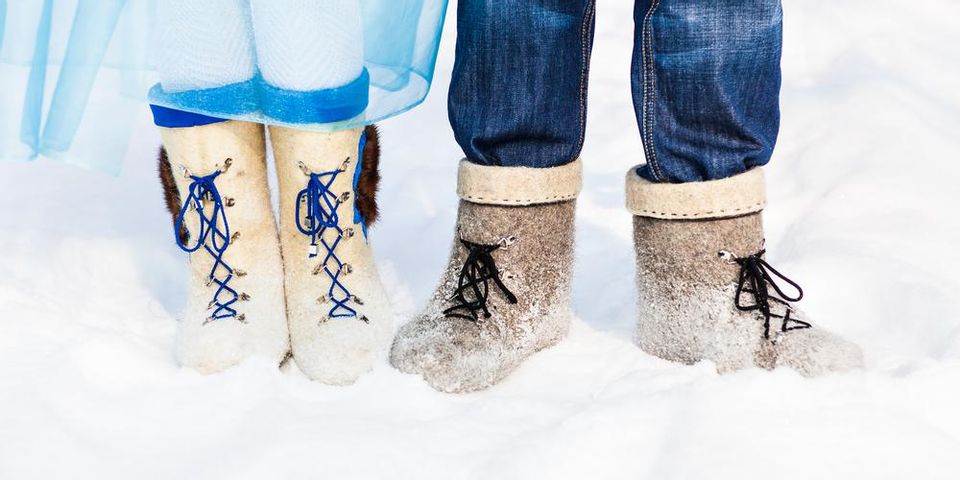Foot Care Specialists Explain What Happens When Your Feet Get Too Cold

Your feet contain enough nerve endings, bones, and tendons to make them one of the most complex structures in your body. They’re affected by everything from temperature changes to the way you walk, and according to the foot care experts at Westside Podiatry Group in Rochester, cold temperatures trigger changes in your feet and can lead to severe conditions, such as frostbite.
Here, they use their podiatry expertise to outline what happens when your feet get cold and how to recognize if frostbite is taking hold.
The First Few Minutes
When your feet first get cold, the blood vessels located closest to the skin surface constrict. This improves circulation in other parts of the body to help keep you warm. However, if the blood vessels stay constricted for too long, the lack of blood flow in the feet causes the first signs of frostbite.
Frostbite Phase 1
 In first degree frostbite, you may feel numbness or foot pain; the skin may turn red or whitish. This phase is called “frostnip,” and isn’t likely to cause permanent foot problems. If you feel tingling or itching, numbness, or foot pain from the cold, you need to warm up right away before phase two begins.
In first degree frostbite, you may feel numbness or foot pain; the skin may turn red or whitish. This phase is called “frostnip,” and isn’t likely to cause permanent foot problems. If you feel tingling or itching, numbness, or foot pain from the cold, you need to warm up right away before phase two begins.
Frostbite Phase 2
Second-degree frostbite is when blisters form on the skin. You may have a permanent sensitivity to hot and cold after this phase and may feel foot pain or numbness. Foot care becomes important here, as you need to get your feet warm and treat the blisters as soon as possible.
Frostbite Phase 3
Third-degree frostbite freezes the deeper tissues. This can lead to loss of function and gangrene, possibly requiring amputation of toes or feet or causing them to fall off. This is a stage where, even with proper foot care afterward, permanent damage will be unavoidable.
For specialized foot care in Rochester, NY, call Westside Podiatry Group at (585) 225-2290. For over 38 years they’ve helped patients with foot pain, heel pain, and other foot problems find relief. Visit their website to learn more about their practice.
About the Business
Have a question? Ask the experts!
Send your question

